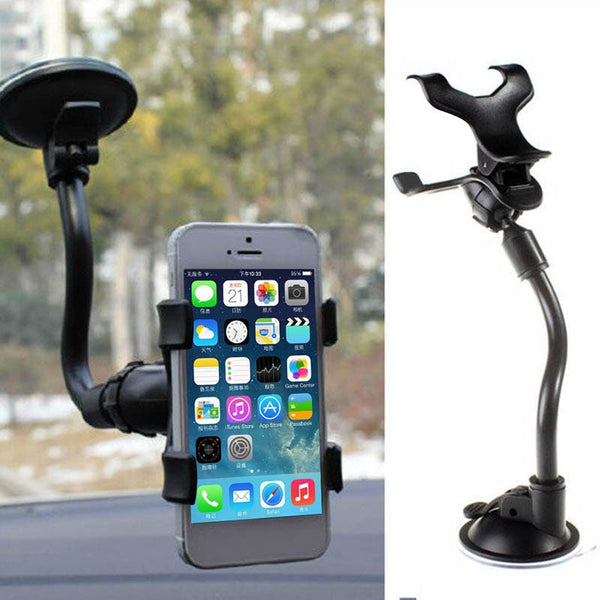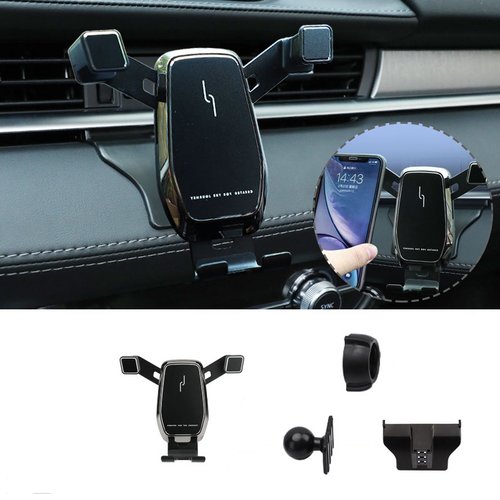
It is possible that you are already familiar with the many benefits of a home that is smart. But what does this actually entail? We'll be covering how to set up routines, locate compatible devices, and connect them to a smart-home hub. Once all of the pieces are in place, it's time to get started with setting up your smart-home. Continue reading for additional tips and tricks to help you get started. The future of smart homes is now!
Set up a routine
You can use a routine to control the functions of your home devices with voice commands. A routine could be set to turn on the lights once you enter the room and to turn off Netflix after you go to bed. Other actions you can set up using routines include alarms, timers, reminders, and more. You can set up multiple routines and order them, too.

Find a compatible device
One of the most important things to do when setting up a smart house is to find compatible devices. There are some smart devices that can work with other smart devices. However, not all devices will work seamlessly together. A third-party app can be used to connect various devices to a hub. This will help you avoid this problem. If you're using an app-based hub, it can be helpful to use a free platform to create automation scenes and fill in the gaps while manufacturers work to ensure compatibility.
Connect it with a hub
Although there are many advantages to connecting devices and hubs to your smart home, there are also disadvantages. The hub can reduce the network load. To allow smart home devices to communicate with each other, they are often connected to a hub. A hub will allow you to manage all your devices individually without the need for installing apps. Here are a few drawbacks to this hub.
Create a scene
One of the first steps in setting up your smart home is to set up scenes. This way, you can turn on a group of lights or other devices with one click. This scene can be used to accomplish different tasks, such as turning on lights at a specific time or working at night. You can even create a scene for each room in your home. After you have set up a scene, you can easily change its settings at any time.
Connect to a voice-assistant
Connecting to a voice assistant is a must before you create your smart home. These assistants can be used to control multiple home devices and are compatible with Google Assistant and Alexa. Although these services can be helpful for many of your everyday interactions, they may not be as useful in setting up your entire home. To get started, add third-party accounts.

Replace a device
Sometimes it's necessary to replace an item when installing a smart house. It can be extremely frustrating to discover that the smart-home device you have just replaced has become completely inoperable. There are many options to resolve this issue but all of them will lead to you starting over again. You might also want to try resetting the device. Here are some tips to make it easier. Follow these steps to make it easier.
FAQ
What jobs are available for car mechanics?
There are three main areas of employment for car mechanics:
-
Automotive repair shops
-
Dealerships
-
Independent garages
Automotive repair shops
This is the place most people begin to consider becoming mechanics. In fact, it's probably the easiest way to get started. You have two options: work in an existing shop or open your own.
If you plan to work in a shop, you must apply to join the union. Once accepted into the union you will be trained by the union.
Once the training is completed, you can start working.
If you plan to open your own garage you will need to register with government. You'll need to meet certain standards after you register.
Once you register, you'll receive a license that allows you to operate your garage.
Your license will allow you to sell spare parts and do minor repairs. You can't fix major engine problems with your license.
In addition to selling spare parts, you'll also be expected to offer advice and guidance to customers.
Dealership jobs
Most dealerships employ mechanics who specialize in one area of the car. For instance, they may only be qualified to fix brakes or change tires.
However, dealerships may also employ general mechanics who are able to handle all aspects related to car repairs.
Some positions require that applicants complete training before they can be allowed to work. This means employers can choose which candidates are best suited for their role.
Some dealerships will hire graduates straight from college. These graduates have no difficulty learning about cars because they already know the basics and principles of mechanical engineering.
Independent garages
Independent garages do not belong to any dealership. They tend to be focused on high-quality service.
Independent garages can pay higher wages because they aren't associated with any company. Because these jobs don't have to be associated with any company, they can generally offer better wages than dealerships.
Independent garages can be just as good places to work, but this does not mean they are better. Many owners prefer to control their businesses themselves, rather than delegating it to employees.
This could lead to you working long hours with little control over your day.
You should also expect to earn lower wages than if you were employed at a dealership.
It's possible to switch between jobs. Ask your employer if you would like to work as a mechanic at a dealership.
Alternatively, if you'd like to work at an independent garage, then you could try applying directly to the owner of the garage.
It's not always easy to find a job. There are plenty of other factors that influence how much you earn.
For example, the type of vehicle you repair and whether you charge extra for labor.
What is the difference in a mechanic and an auto technician?
These two jobs are very similar but not identical. The mechanic fixes cars while the technician maintains them.
A mechanic should be able to do simple tasks quickly and have good manual dexterity. A mechanic should also be able accurately diagnose and repair problems.
An automotive technician must be more technically proficient than a mechanic. They must be capable of reading blueprints and using tools such as drills, wrenches, etc.
They should also be capable of safely performing complex procedures. They need to be familiar with various types of engines and electrical system.
They should also be able understand how different parts interact.
The result is that a mechanic often earns less than an auto technician. There are many job opportunities in both.
Is it worth learning to be a mechanic?
The answer depends on what you are looking for in life. If money is your goal, then you can answer "yes". But if you are searching for meaning and purpose, then you should not answer this question.
It's not worth learning mechanics if you don’t have the skills. You'll waste your time. It's not going to make you rich. It won't make your name famous. You won't be famous.
You'd have to spend years learning how things work. You would still need to hire someone to fix your car if it breaks down. It's the reason most people don't bother. They find something better.
Let's sum it up: If you want to make a lot of money, then do so. However, if you want to have a meaningful and fulfilling life, avoid the mechanic's trade.
What does it matter which college I attend?
You're wrong. There is no difference between colleges in terms of how to get into the automobile industry. You will find that some schools offer better programs than others. If you are looking for something more specific, consider going to another school.
Statistics
- According to the BLS, total auto technician employment is expected to exceed 705,000 by 2030. (uti.edu)
- According to the BLS, the median annual salary for automotive service technicians and mechanics in the United States was $44,050 in May 2020. (uti.edu)
- There were 749,900 jobs available for automotive service technicians and mechanics in 2016, which is expected to grow by six percent through 2026. (jobhero.com)
External Links
How To
How to correctly diagnose your vehicle for repairs
Before you can determine if your car requires repairs, it's important to first analyze the symptoms. Follow these steps to properly diagnose your vehicle.
-
Check engine lights. Make sure to check all dashboard indicators like the engine light indicator (oil pressure gauge), the battery indicator (battery light indicator), and the RPM indicator (rpm gauge). If any of these indicators have been flashing continuously for several days it could mean that there is something wrong with your vehicle.
-
Check the treads of your tires. Tires with worn treads could cause problems when handling or braking. Also, inspect the treads of your wheels. They should be clean, and they should be smooth. The best way to do this is to remove the wheels and take them off. Check the tread condition with a flashlight.
-
Observe the brake fluid level. You should always keep track of the amount of brake fluid in your vehicle. This ensures that your brakes work properly. If the brake fluid level is low, your brakes might fail when you apply pressure to them.
-
Check the suspension system. The suspension system in vehicles absorbs vibrations and shocks. It allows for better control, smooth acceleration, and deceleration. You might notice a wobbly feeling or uncontrollable shaking in your vehicle if it has a problem with its suspension. If you are unsure if your vehicle is suffering from a suspension problem, put weight on the front and rear axles to check the movement.
-
Examine the steering column. Steering columns connect the steering wheels to other parts of the vehicle. Steering columns can be damaged by accidents. You should replace the steering column if it is loose or weak.
-
The exhaust pipe should be observed. Exhaust pipes help move gases from the combustion chamber to the atmosphere. If the exhaust pipe is damaged or leaks, harmful fumes can enter your cabin. If your tailpipe bends, it is important to fix it immediately.
-
Check under the hood. Check under your hood for any unusual or missing components. Fluids could be leaking from your engine. A professional technician should be contacted if your engine compartment emits an unusual smell.
-
It is important to inspect the air filter. The outside environment collects dust and other particles in the vehicle's filter. A dirty air filter causes your vehicle to run poorly. Replace your air filter regularly.
-
Verify the fan belt. Your vehicle's fan belt connects the engine to the transmission. If the fanbel breaks, your engine won't turn. Replacing the belt is simple. All you need to replace the belt is a screwdriver with pliers.
-
Verify the radiator hoses. The radiatorhose carries water from your radiator to the engine. If the hose becomes damaged or cracked, hot liquid can be emitted onto the engine. Repairing the hose is easy with a pair of needlenose pliers or a small wire brush.
-
Be sure to inspect your windshield wipers. Windshield wipers use electricity to wipe away rain and snow. If they stop working, streaks could be left on your glass. Change the washer fluid to fix the problem.
-
You should inspect the cables. Batteries provide power to electrical systems inside your car. When you replace batteries, make sure to disconnect the negative cable first. Failure to do so can damage your alternator.
-
You should check the headlights. The headlights will illuminate the road ahead. They can make it difficult to see if they stop working. To check if the bulbs have gone out, you can inspect them.
-
Be sure to check the lights. When you approach them at night, the lights warn other drivers. One that doesn't work could cause you to be distracted, and possibly lead to an injury.
-
Make sure you check your brakes. Brakes will reduce the speed of your car in case of an accident. If your brakes aren't working properly, you may lose control and crash into other cars.
-
Change the oil. Oil keeps your engine lubricated. It protects metal parts and prevents them from wearing too quickly. It is recommended to change the oil each month.